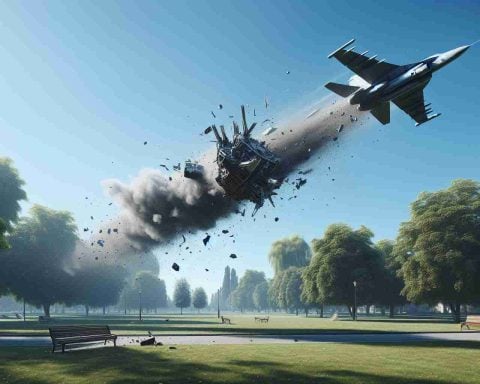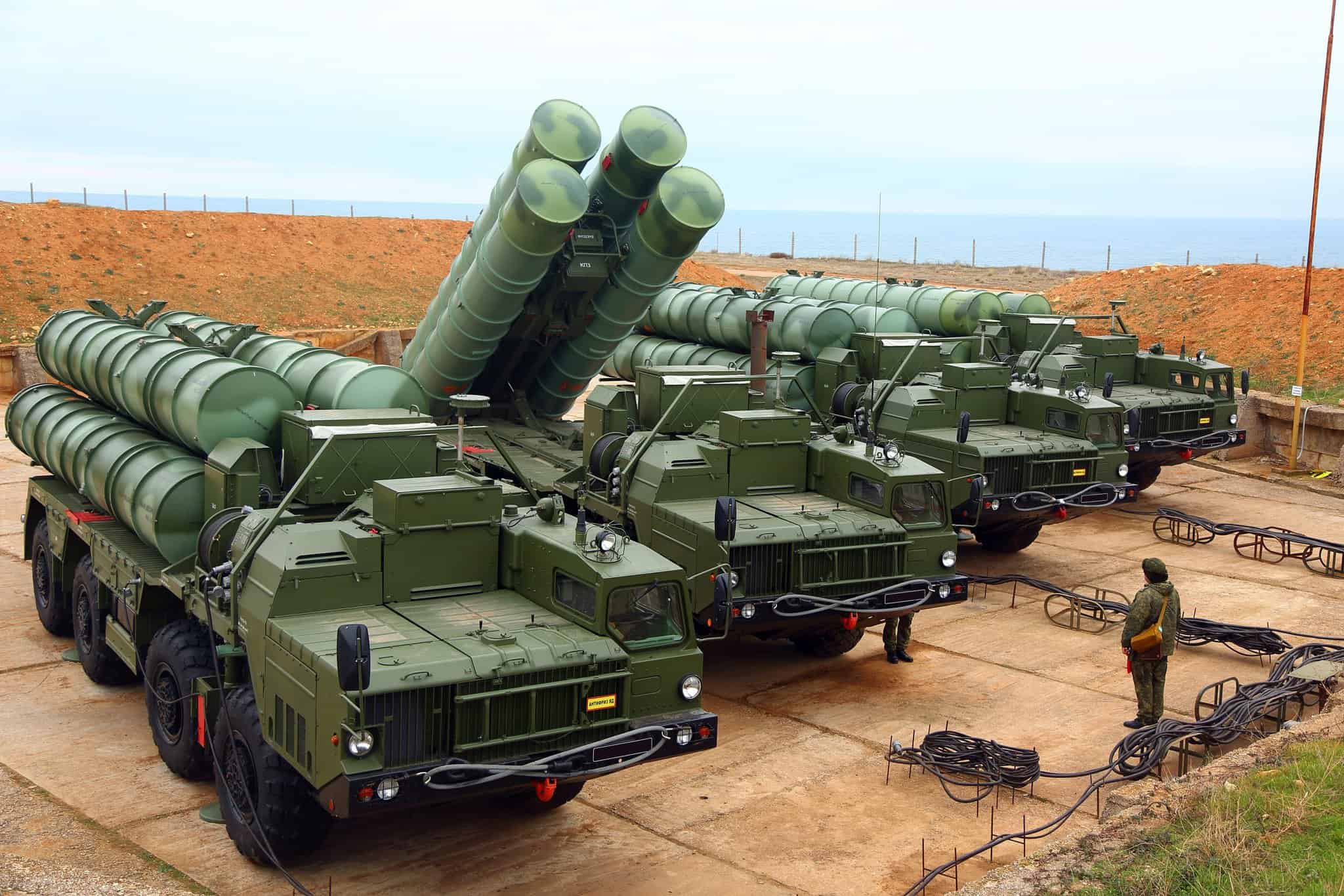The Douglas F3D Skyknight, while not as celebrated as other military aircraft, played a critical role in shaping aerial warfare during the Korean War. Nicknamed “Willie the Whale” due to its bulbous fuselage, the Skyknight was an emblem of technological progress in the early jet age.
Unlike its sleeker fighter brethren, the F3D was a two-seat, all-weather night fighter that excelled at a unique mission: intercepting enemy aircraft in the dead of night. This aircraft was the first operational jet fighter of the U.S. Marine Corps and carried the distinction of being the United States’ first jet-powered night fighter. It featured an early version of the powerful APQ-35 radar system from Westinghouse, which allowed it to detect and lock onto enemy aircraft without needing visual contact.
The Skyknight’s performance was unparalleled in its domain. It achieved several firsts during the Korean War, including the first radar-guided kill in 1952. Its sturdy design equipped it to handle harsh conditions and hostile environments, ensuring success where other aircraft may not have thrived.
Though it never matched the fame of other aircraft like the F-86 Sabre or MiG-15, the Douglas F3D Skyknight proved an invaluable asset in nighttime operations. Today, the F3D remains a lesser-told yet crucial chapter in aviation history, underscoring the importance of innovation and versatility in military technology.
The Unseen Guardian: How the Douglas F3D Skyknight Shapes Modern Warfare Tactics
While the Douglas F3D Skyknight, fondly known as “Willie the Whale,” is not widely celebrated, its legacy endures beyond the Korean War. It was instrumental in the development of modern aerial combat strategies. But why has this aircraft remained so crucial?
One key factor is its introduction of radar-guided technology—an innovation that laid the groundwork for today’s advanced targeting systems. Understanding the influence of the F3D raises the question: how have other technological advancements stemmed from this unsung hero of the skies?
The Skyknight introduced capabilities that transformed night missions. Its deployment proved that technological superiority could turn the tide in warfare, emphasizing the importance of developing tools that work in adverse conditions. This has carried over into modern military designs, which prioritize functionality in diverse environments.
An interesting controversy surrounding the F3D is its lack of fame compared to contemporary aircraft, despite its technological superiority and tactical contributions. This raises debates about the visibility of technological pioneers in military history.
The disadvantages of the Skyknight highlight a lack of versatility compared to its sleeker, faster counterparts, such as the F-86 Sabre. However, its rugged design and reliability in nighttime conditions underscore a vital advantage in specialized roles.
Ultimately, the F3D’s story offers lessons in appreciating uncelebrated advancements that significantly impact military operations. For more on innovation in aerospace technology, visit boeing.com or lockheedmartin.com.
The article has been updated: 2024-11-08 13:48
Here are some suggested related links for your post title “Discover the Unsung Hero: The Secret Powerhouse of the Korean War Era”:
1. History – Explore comprehensive articles and documentaries about the Korean War and its significant events and figures.
2. National Archives – Access official documents and records related to the Korean War, including military archives and personal stories.
3. U.S. Department of Defense – Learn about the U.S. military’s role during the Korean War and the strategies that were implemented.
4. Korean War Legacy Foundation – Dive into personal testimonies and historical resources that honor the contributions of those involved in the Korean War.
5. C-SPAN – Watch historical programming and discussions that focus on the Korean War and its impact on modern history.
6. Voice of America – Stay updated with articles and reports that explore the historical context and ongoing impact of the Korean War in present-day Korea.
7. BBC – Find in-depth news articles and analyses regarding the Korean War and its lasting effects on international relations in the region.
8. USMilitary.com – Discover detailed accounts and analyses of military strategies, battles, and key figures from the Korean War era.
9. Smithsonian Magazine – Read engaging articles that cover the cultural and historical significance of the Korean War and its lesser-known stories.
10. NPR – Access interviews and features that examine the human stories and historical ramifications of the Korean War.
The article has been updated: 2024-11-09 04:30
What role did the often-overlooked logistics and supply chains play in the success of the Korean War efforts?
The logistics and supply chains during the Korean War were crucial to the success of military operations. Often regarded as the unsung heroes, these systems ensured that troops had access to the necessary supplies, equipment, and reinforcements in a timely manner. This included coordinating transportation via land, sea, and air, managing the distribution of ammunition and food, and providing medical supplies to the front lines. The effectiveness of the logistical operations directly impacted the morale and efficiency of the soldiers, highlighting the importance of these components in wartime success. Without a solid logistics backbone, even the most well-planned military strategies could falter, making this area a true powerhouse of wartime efforts.















